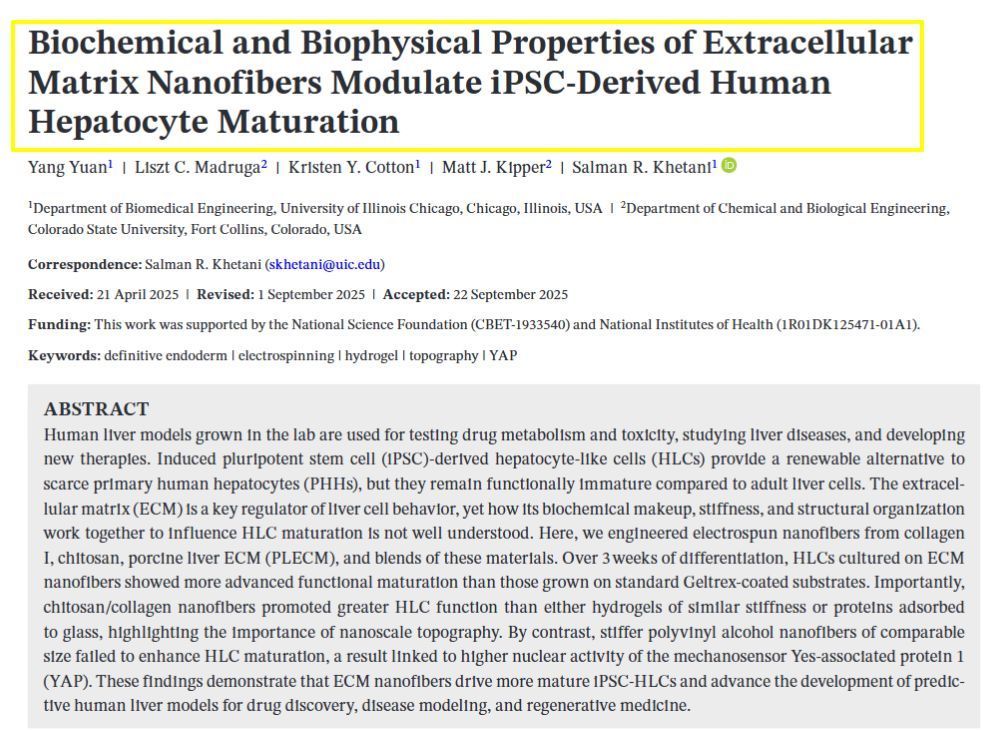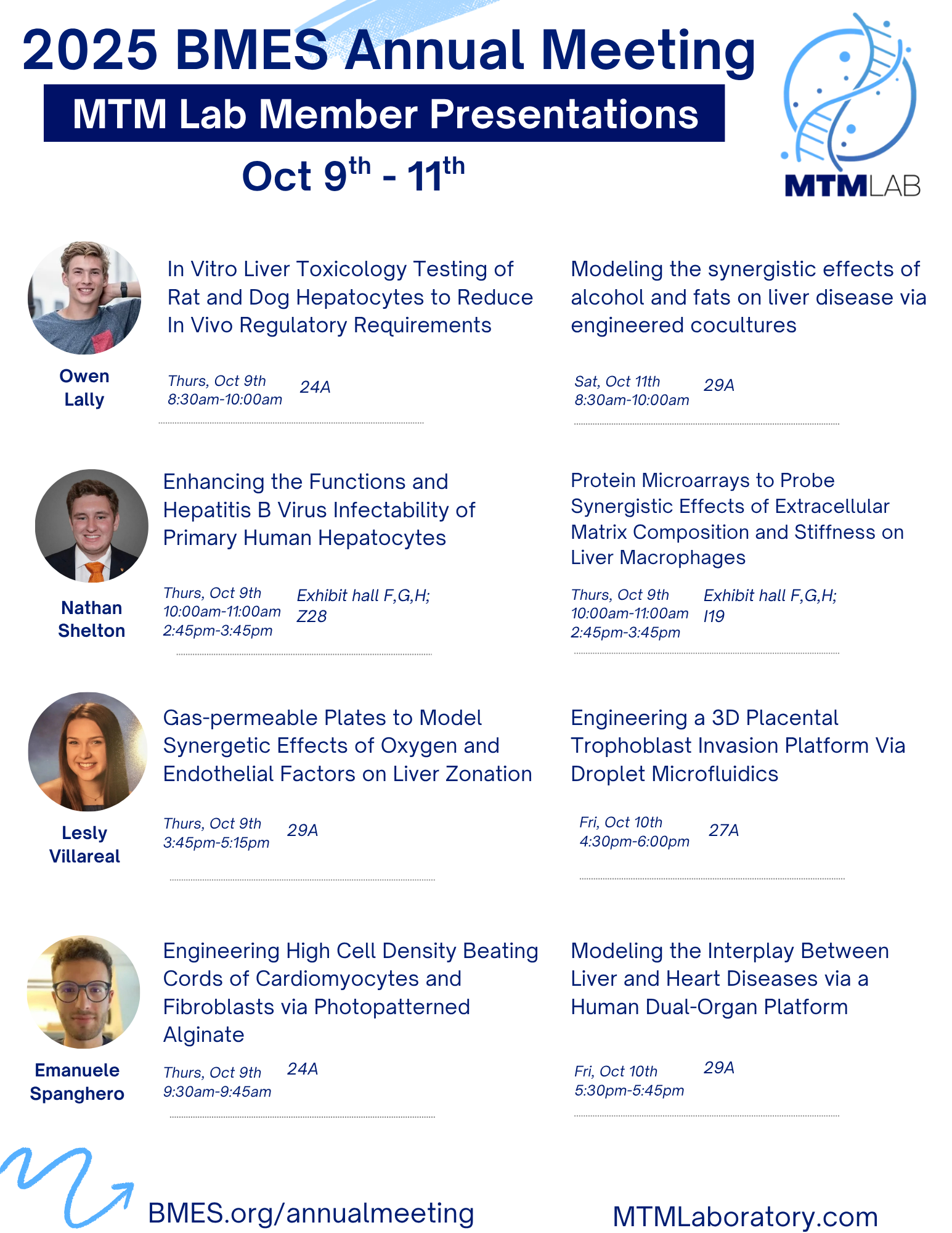Histologic Staining Techniques: Hematoxylin and Eosin Staining, Special Stains and Their Uses
In histology, staining techniques are essential for differentiating and identifying cellular components under a microscope. They enhance contrast in tissues, allowing for the detailed examination of cell morphology, structure, and function.
Hematoxylin and Eosin Staining
Hematoxylin and eosin (H&E) staining is a widely used technique in medical histology for analyzing tissue sections. Hematoxylin, a nuclear stain, has an affinity for basophilic substances, such as nucleic acids, and stains them purple-blue. Eosin, on the other hand, is eosinophilic and stains cytoplasmic components and extracellular fibers in varying shades of pink and red.
Steps involved in H&E staining:
- Tissue fixation
- Embedding in paraffin and sectioning
- Deparaffinization and hydration
- Hematoxylin staining
- Differentiation and bluing
- Eosin staining
- Dehydration, clearing, and mounting
Special Stains and Their Uses
Special stains are used when H&E does not provide enough contrast or specificity. For instance, Masson's trichrome stain is excellent for differentiating between collagen and muscle fibers, highlighted in blue or green, respectively. This method finds its use in studies of connective tissue and muscular pathology.
On the other hand, silver stain is utilized to visualize structures that are otherwise difficult to see, such as reticular fibers, nerve fibers, and fungi, which appear black against a yellow or light brown background. Toluidine blue, a metachromatic dye, can dye acidic tissue components, like mast cell granules, showing a shift in color from blue to purple. These special stains are crucial for identifying specific structures and diagnosing diseases based on microscopic tissue abnormalities.
Common applications of special stains:
- Connective Tissue: Masson's trichrome stain
- Neural Tissue: Silver stain
- Mast Cells: Toluidine blue



